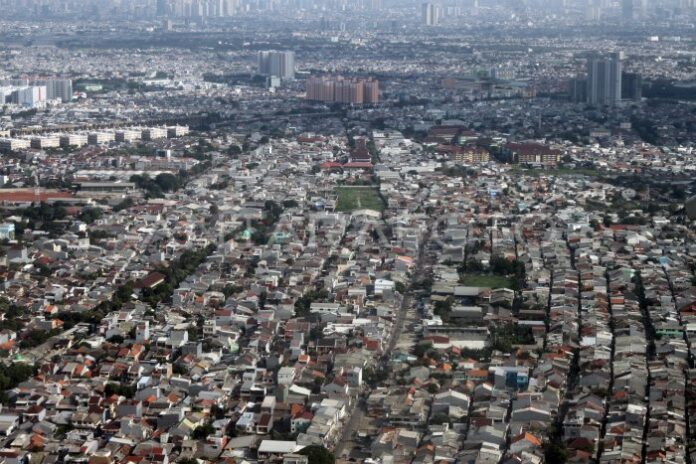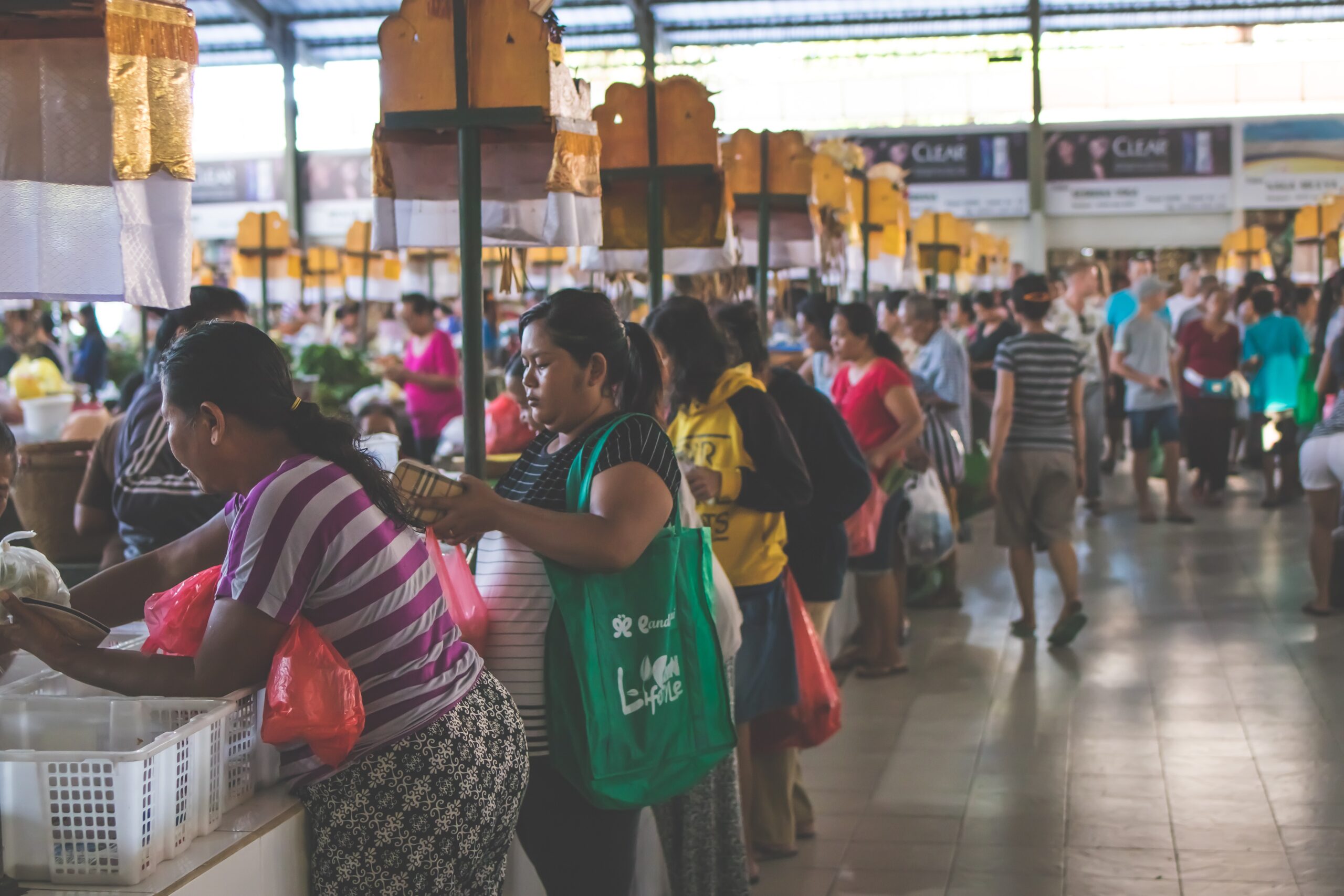The capital city of Indonesia, DKI Jakarta, has always been an attraction for people to seek career opportunities and try their luck. As the main economic center of the country, Jakarta has become increasingly crowded with newcomers. However, unfortunately, the city is currently classified as one of the uninhabitable cities in Indonesia.
According to the Head of DKI Jakarta Population and Civil Registration Agency, Budi Awaluddin, there is a potential increase in the number of people who will migrate to Jakarta for the 2023 Eid al-Fitr holiday.
Budi noted that there has been an increasing trend in the number of newcomers in DKI Jakarta in the past three years. In 2020, there were 113,814 people, in 2021 there were 139,740 people, and in 2022 there were 151,752 people who migrated to Jakarta.
This trend is hoped to improve the welfare and economy of the city. However, like weeds in a rice field, Jakarta is not habitable.
Based on data from the Central Statistics Agency (BPS), DKI Jakarta is included in the province with a percentage of households occupying uninhabitable houses of less than 50%.
Precisely, only 36.23% in 2022, ranking second lowest in Indonesia. This means that around 7 out of 10 households in Indonesia live in uninhabitable houses.
This indicates that many people living in Jakarta do not have proper housing, which is not habitable.
Moreover, more than 10% of households in Jakarta live in slum areas, specifically 18.82% in 2022, ranking the third highest in Indonesia.
According to BPS data, the number of households in DKI Jakarta in 2021 was 2.77 million. With an average growth rate of households over nine years at 8.3%, the projection of households in DKI Jakarta in 2022 is 3 million.
Therefore, the number of households in DKI Jakarta occupying habitable houses is only 1.09 million, while nearly 2 million households live in uninhabitable houses. Of which, 564,730 households live in slums.
This phenomenon occurs due to the limited land in Jakarta, but on the other hand, there is still an increase in population. This is also what makes Jakarta the most populous city in Indonesia and the 28th in the world, according to the World Population Review.
The population of DKI Jakarta in 2021 reached 10.61 million people compared to its area of 664.01 square kilometers, according to BPS. This means that the population density of DKI Jakarta is 15,978 people per square kilometer, or almost 16,000 people inhabit every square kilometer.
Indeed, earning a living in the capital city is tempting, but it is better to think a thousand times before deciding to own a house in DKI Jakarta. Because the number of habitable houses is decreasing.
Moreover, living in an uninhabitable house will increase the risk of disease and make the cost of living even more expensive.
As the population of Jakarta continues to grow, there is a pressing need to address the issue of inadequate housing. This situation requires a comprehensive approach to tackle the root causes of the problem, such as urban planning and the provision of affordable housing.
The government should work towards increasing access to affordable housing for low-income families, and improve the quality of housing in slum areas.
Furthermore, the government should also consider measures to reduce the population density in Jakarta by promoting decentralization, creating more job opportunities in other regions, and implementing policies to limit the influx of migrants to the city.
In conclusion, addressing the housing crisis in Jakarta is crucial to ensure that the city can continue to thrive























